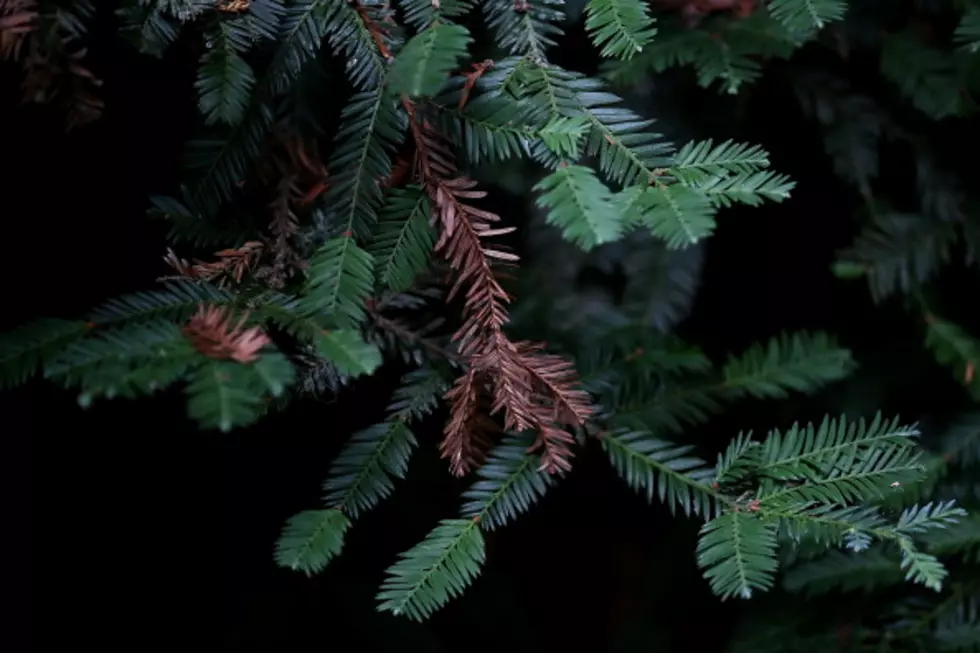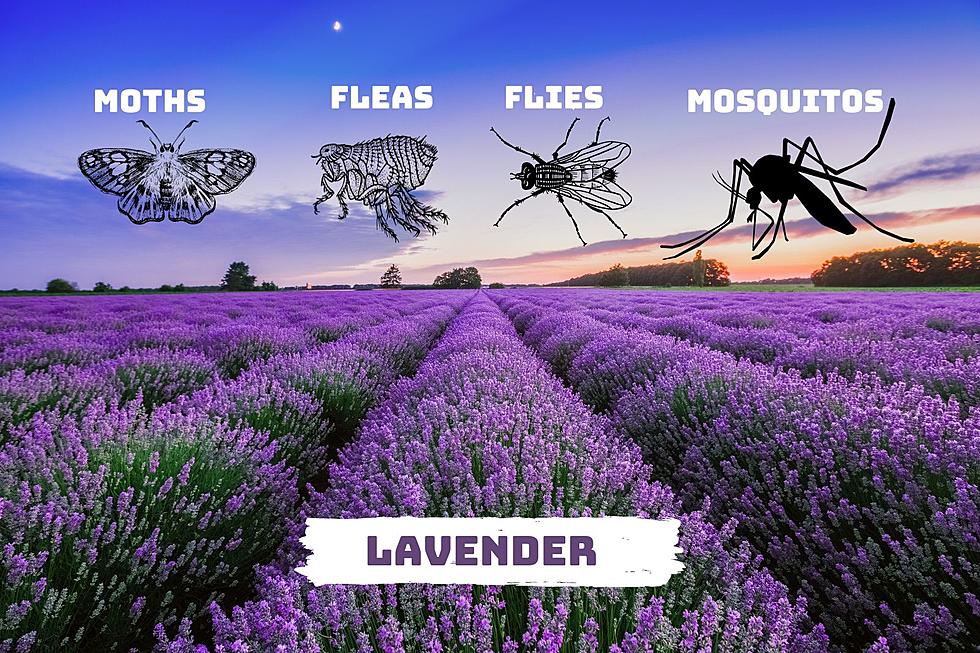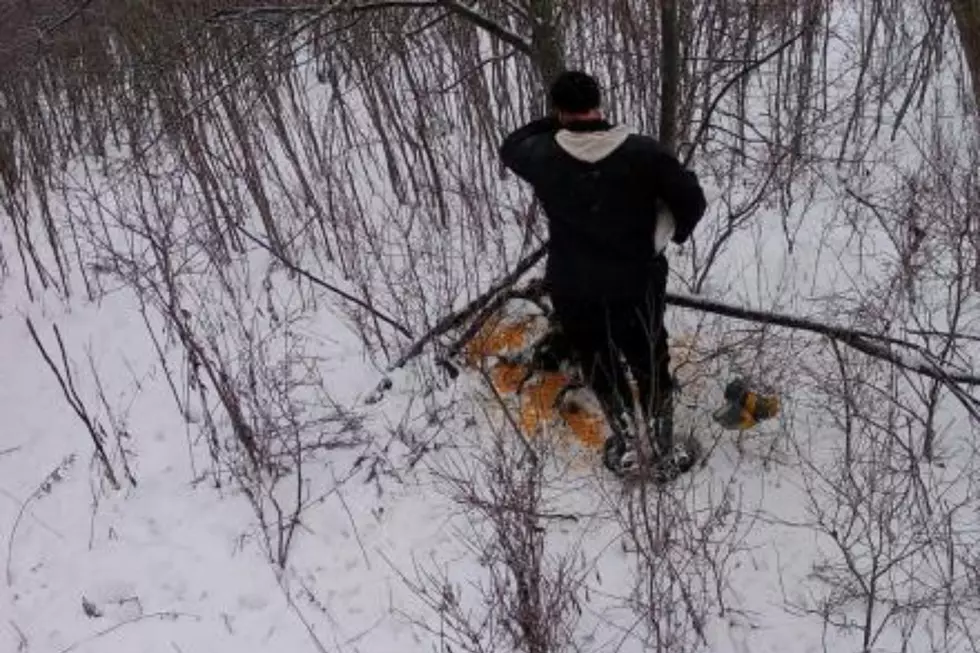
Water Your Evergreens To Prevent Winter Burn – AG Matters
With the name "Evergreen, many of us think the trees take care of themselves. Truth is, they can suffer "winter burn" from a lack of water. The Master Gardeners at Cornell Cooperative Extension give some winter tips for evergreens.
Many homeowners have experienced the disappointment of finding their favorite evergreen looking dry and damaged once winter is over. This is winter burn or winter desiccation. This type of damage occurs when a plant's tissues dry out from wind, lack of moisture in the air or soil, or a "wrong plant/wrong location" scenario.
In the winter, the wind and the sun combine to cause transpiration, causing the leaves to lose moisture. With the surrounding ground frozen, the tree cannot take moisture up to replace what it loses. You begin to see the tree looking "burned"; if severe, the tree can die. Evergreens are particularly susceptible because their leaves never stop losing water, even when they are "dormant" in winter.
Adequate moisture is key to prevention. You can take action now by making sure your trees have enough water to compensate for the moisture loss later on. Be sure your trees are given adequate water before the ground freezes. If rainfall is below normal, regularly water your trees so that the plant can "store" it for later. If during the winter the trees begin to show winter burn, pull out the hose on the warmest day if possible (be sure your hose won't freeze) and water the frozen ground to melt the moisture frozen in the soil and make it available for uptake.
Mulch your trees now to reduce water loss. Finally, consider windbreaks of burlap, canvas or other breathable materials to protect the trees from excess wind and winter sun. For more information, contact the Extension’s Horticulture Hot Line, Wednesdays and Fridays from 9am to noon at 736-3394.
SOURCE: Cornell Cooperative Extension
More From Big Frog 104









